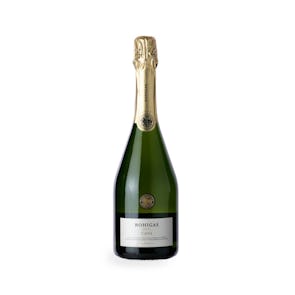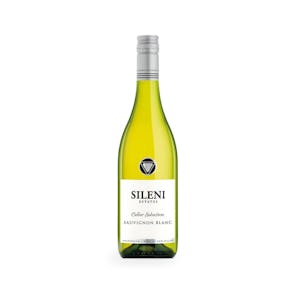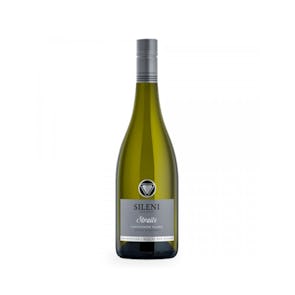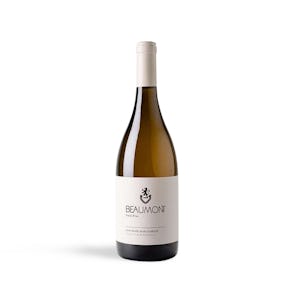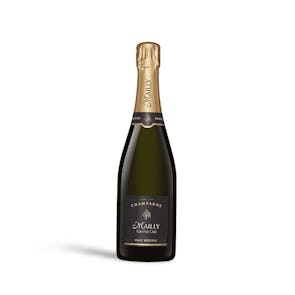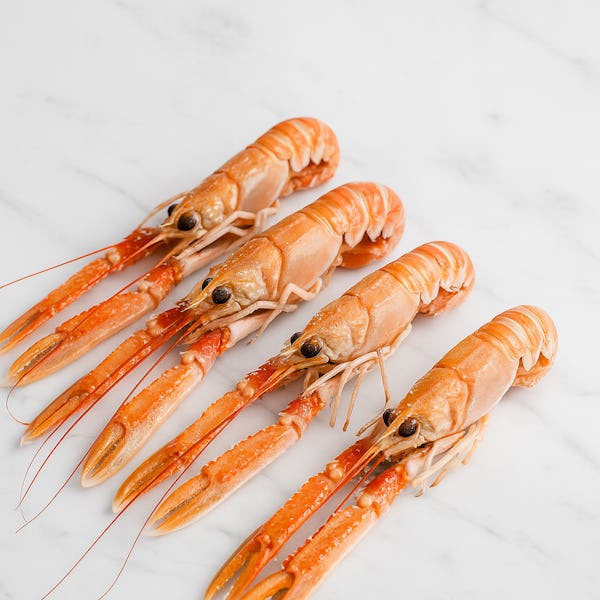



Frozen Big Scampi (Langoustines)
Elegant Shellfish for Gourmet Moments
Tasting Notes of the Curator
There’s something quietly majestic about langoustines—their coral-hued shells, slender claws, and firm yet buttery flesh. Upon cooking, they release a sea-kissed aroma that evokes windswept shores and ocean spray. The first bite unveils a refined sweetness, subtler than lobster yet fuller than shrimp, with a delicate mineral note that reflects their cold-water origins. The texture is pristine: springy but yielding, with enough structure to carry creamy sauces, or to shine solo with just lemon and olive oil. Whether grilled, sautéed, or poached, these langoustines elevate any dish with their unmistakable elegance. Best of all, their size and quality make them a versatile canvas—luxurious enough for a celebratory plate, yet comforting when folded into a rustic pasta.
Pairings and Suggestions
Langoustines are best appreciated with minimal fuss—let their flavor speak.
- Simple Grill: Split lengthwise, brushed with garlic butter, and grilled just until opaque. Serve with lemon wedges.
- Pasta Perfection: Toss scampi with tagliolini, white wine, parsley, and chili flakes for a Venetian-style seafood pasta.
- Elegant Entrée: Poach gently in court-bouillon and serve atop a warm potato and leek purée with herb oil drizzle.
- Wine Pairing: Pair with a crisp Sauvignon Blanc or Chablis to complement their sweetness without overwhelming.
Of Tides and Traditions
Known in French as langoustines and prized across Mediterranean and Scandinavian cuisines, these shellfish are steeped in culinary lore. In coastal Spain, they’re the heart of mariscadas, lavish seafood feasts shared among friends. In Italy, they grace celebratory pastas during Christmas Eve vigils. To handle them is to trace the traditions of seafaring cultures who know that true luxury isn’t loud—it whispers through the freshness of the catch and the care in its preparation. These scampi, wild-caught and flash-frozen, are your passport to such coastal rituals.
Storage Instructions
Keep frozen at -18°C or below. Do not refreeze once thawed. For best results, defrost overnight in the refrigerator before cooking. Consume within 24 hours after thawing.

